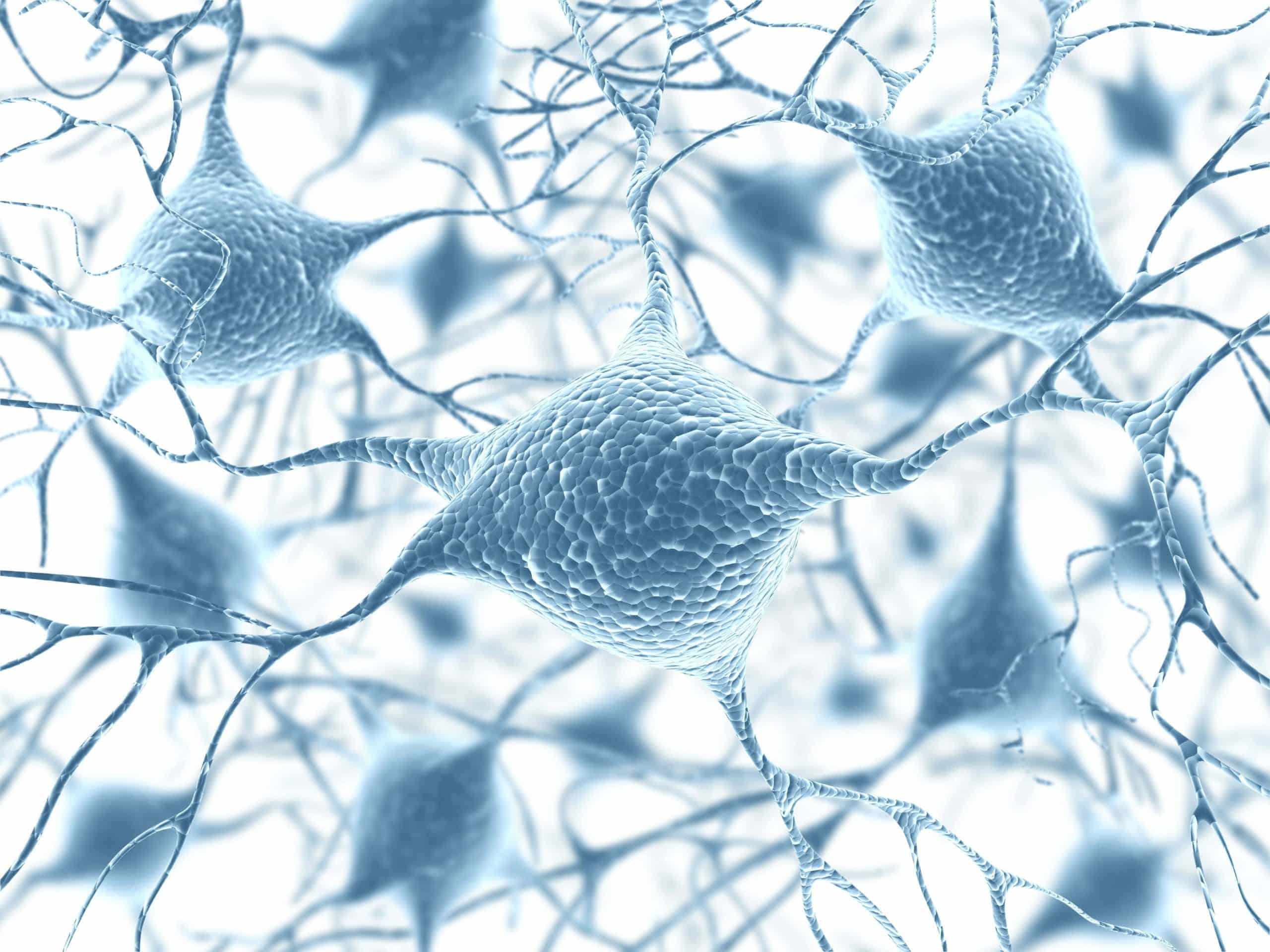Researchers are proposing a new way of understanding Amyotrophic Lateral Sclerosis (ALS), the devastating and incurable neurological disease. Their findings, published in the journal Neuron, could be a major milestone on the path to a treatment for both ALS and dementia.
By delving into a previously overlooked corner of ALS research, the team discovered a new way in which the disease kills nerve cells.
Many cases of ALS are sparked by a toxic build-up of certain proteins, which cause neurons in the brain and spinal cord to die. Over the last decade, mutations that cause ALS have been found in a growing number of genes that encode RNA-binding proteins. The protein they create commonly builds up inside the diseased brain and spinal cords in ALS patients. Until now, scientists haven’t thought this build-up was important to the disease process because it looked different from the types of protein accumulations — such as tau, amyloid and alpha synuclein — that are clearly toxic and always found in patients with Alzheimer’s, Parkinson’s and some forms of dementia.
The research team decided to take a closer look at these seemingly innocuous protein accumulations. They focused initially on the FUS protein, and discovered that these abnormal clumps could actually be a very important player in causing nerve cell damage and ALS. The research team found that mutations in FUS changed the property of FUS protein so that it tends to form very dense gels that do not easily re-melt and release their cargo appropriately. As a result, it’s unable to deliver the tools necessary for the neurons to stay healthy and do their job.
The next step is for researchers to find ways to prevent the solidification of the gel, or to reverse the hardening process, offering a key to a future drug to treat ALS and frontotemporal dementia — another disease in which the protein is active.
Source: University of Toronto

